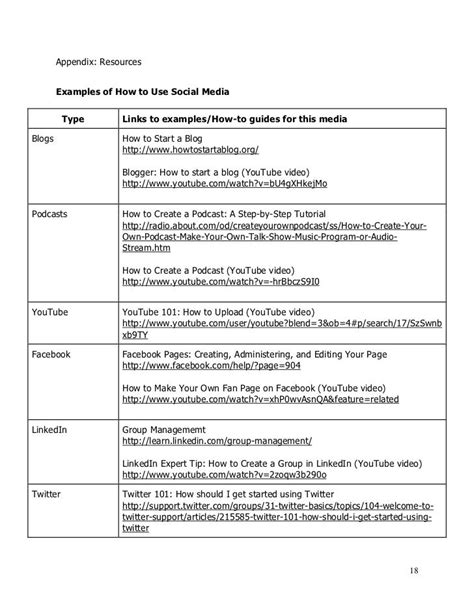- CRYPTOCURRENCY
-
by admin
How to Create a Privacy Toolkit for Cryptocurrency Withdrawals
In the world of cryptocurrencies, security and privacy are the primary concerns of people using online payment systems. With the rise of digital payments, hackers have become increasingly sophisticated in their attempts to exploit user data for financial gain. This is where a well-structured privacy toolkit comes into play.
What is a Privacy Toolkit?
A privacy toolkit is a set of tools and strategies designed to help people protect their personal data from cyber threats. In the context of cryptocurrencies, a privacy toolkit typically includes methods to protect your digital wallet from hacking, encrypt sensitive information, and anonymize online transactions.
Why is it important to have a privacy toolkit?
Using cryptocurrencies can be convenient, but it also comes with significant risks. With cryptocurrencies like Bitcoin and Ethereum, hackers can easily access your private keys to steal funds or sell them on the black market. Additionally, many online payment systems collect user data, which can be used for targeted advertising or sold to third-party companies.
Key Components of a Privacy Toolkit
A good privacy toolkit should include several essential components:
- Digital Wallet Security – A secure digital wallet is the most important component of any privacy toolkit. Look for wallets that use advanced security measures like two-factor authentication, encryption, and secure key storage.
- Encryption – Encryption is the process of protecting data by converting it into an unreadable format. Use end-to-end encryption to safeguard your cryptocurrency transactions.
- Secure Search Engines – A good search engine should be able to locate cryptocurrency and related information without revealing sensitive details about your wallet or identity.
- Anonymization Tools

: Anonymization tools can help you hide your IP address, location, and other identifying characteristics when using online payment systems.
- Two-Factor Authentication (2FA): 2FA adds an extra layer of security to your digital wallet by requiring a second form of verification, such as a fingerprint or voice recognition.
Best Privacy Tools for Cryptocurrency Withdrawals
Here are some of the best privacy tools that can help you build your cryptocurrency withdrawal toolkit:
- Cold Storage Wallets: Cold storage wallets like Ledger or Trezor offer advanced security features and protection against hacking.
- Private Key Management Software: Software like Electrum or MyEtherWallet helps you manage your private keys securely and easily.
- Cryptocurrency exchanges with advanced security measures – Exchanges like Coinbase or Binance offer strong security measures such as 2FA and secure wallet storage.
- Anonymization tools – Tools like Tor Browser or IPVanish can help you hide your online activity and protect your identity.
- Cryptocurrency stealing services – Services like Brave or Iota Stealing provide a way to anonymously use cryptocurrency for illicit activities.
Best practices for building your privacy toolkit
To build an effective privacy toolkit, follow these best practices:
- Research and choose the right tools – Conduct thorough research on each tool before deciding which ones to use.
- Keep your software up to date – Regularly update your software to ensure you have the latest patches and security features.
- Use strong passwords and 2FA: Use strong passwords and enable 2FA for added security.
- Be careful when sharing personal information: Avoid sharing sensitive information on public platforms or with unverified sources.
- Understand local laws and regulations: Familiarize yourself with local laws and regulations regarding cryptocurrencies and data protection.
